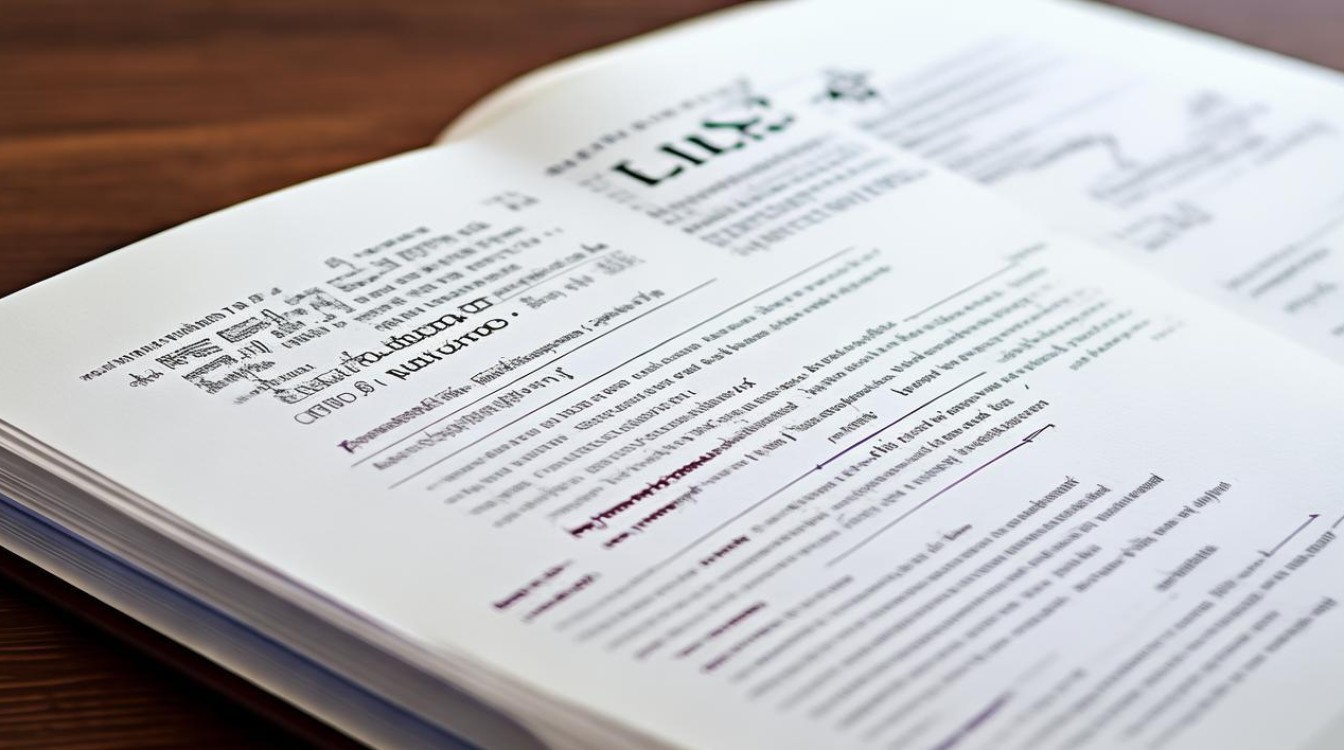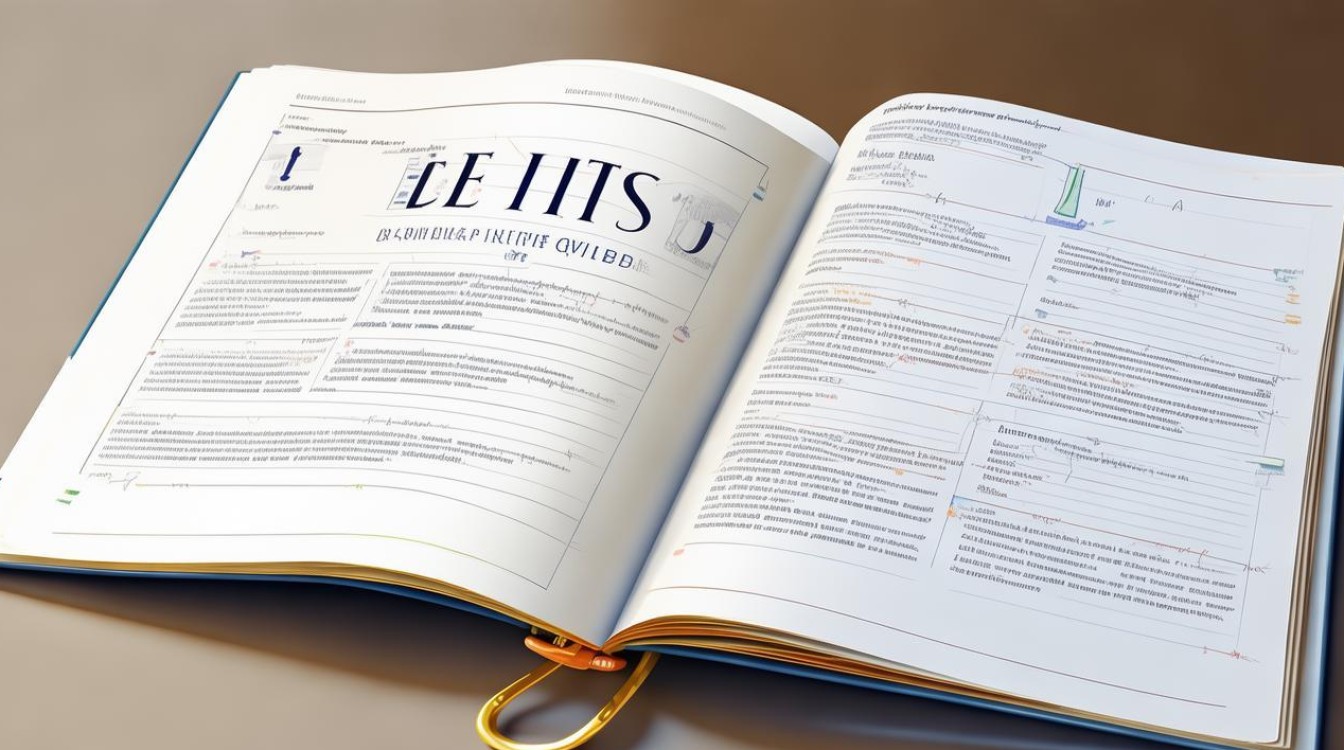雅思大作文中的意见类题目要求考生针对某一话题表达个人观点,并提供合理的论证,这类题目通常以"Do you agree or disagree?"或"To what extent do you agree or disagree?"的形式出现,想要在这类写作中取得高分,考生需要掌握清晰的论点展开方式、有力的论据支持以及合理的逻辑结构。

理解题目要求
通常要求考生明确表达自己的立场,并围绕该立场展开论证,常见的提问方式包括:
- Do you agree or disagree?
- To what extent do you agree or disagree?
- What is your opinion?
在审题时,务必明确题目核心,避免偏题,题目是"Some people believe that university education should be free for all students. Do you agree or disagree?" 考生需要直接回答是否支持免费大学教育,而不是讨论大学教育的其他方面。
文章结构安排
一篇高分的雅思大作文通常采用四段式或五段式结构:
(1)引言(Introduction)
- 简要介绍话题背景。
- 明确表达个人观点(同意/不同意)。 主要论点(可选)。
示例:
"Higher education plays a crucial role in individual and societal development. While some argue that university tuition should be fully funded by the government, I firmly believe that students should bear part of the cost, as this promotes financial responsibility and ensures sustainable funding for institutions."
(2)主体段1(Main Body Paragraph 1)
- 提出第一个支持论点的理由。
- 结合具体例子或数据增强说服力。
示例:
"One key reason why students should contribute to their education costs is that it fosters a sense of financial accountability. When individuals invest in their own learning, they are more likely to take their studies seriously and make informed career choices. For instance, in countries like Australia and the UK, where students pay partial tuition fees, graduation rates remain high, suggesting that financial commitment enhances academic dedication."
(3)主体段2(Main Body Paragraph 2)
- 提出第二个支持论点的理由。
- 进一步论证,避免重复第一个论点的逻辑。
示例:
"Moreover, requiring students to pay tuition fees ensures universities have stable funding to maintain high-quality education. If higher education were entirely free, governments might struggle to allocate sufficient resources, leading to overcrowded classrooms and outdated facilities. Germany, which offers tuition-free education, faces challenges in maintaining infrastructure due to limited public funding, demonstrating the potential drawbacks of a fully subsidized system."

(4)让步段(Optional)
- 适当承认反方观点的合理性,但反驳其局限性。
- 增强文章的辩证性。
示例:
"Admittedly, free university education could increase accessibility for low-income students, reducing economic inequality. However, targeted scholarships and income-based repayment plans can achieve the same goal without placing excessive financial strain on public budgets."
(5)Conclusion)
- 重申个人立场。
- 简要总结核心论点。
示例:
"In conclusion, while free higher education may seem ideal, requiring students to share the cost promotes responsibility and ensures sustainable funding. Governments should instead focus on providing financial aid to disadvantaged students, balancing equity and fiscal feasibility."
论证技巧
(1)使用具体例子
避免泛泛而谈,尽量引用现实案例、研究数据或历史事件。
- "According to a 2023 OECD report, countries with tuition fees tend to have higher graduate employment rates."
- "For example, in Scandinavian nations, despite high taxes funding free education, some universities still face resource shortages."
(2)逻辑衔接清晰
使用恰当的连接词,如:
- 递进: Furthermore, Moreover, In addition
- 对比: However, On the other hand, Conversely
- 因果: Therefore, Consequently, As a result
(3)避免绝对化表达
雅思写作鼓励辩证思维,避免使用"always"、"never"等极端词汇,改用"often"、"tend to"等更严谨的表达。
常见错误与改进建议
(1)立场模糊
错误示范:
"Free education has both advantages and disadvantages."(未明确立场)
改进:
"Although free education has some benefits, I believe charging tuition fees is more practical."

(2)论据不足
错误示范:
"Paying for university is good because it makes students more responsible."(缺乏具体支持)
改进:
"Paying tuition fees encourages financial responsibility, as seen in countries like the US, where student loan systems incentivize timely degree completion."
(3)结构混乱
错误示范:
在同一个段落讨论多个不相关的论点。
改进:
每个主体段聚焦一个核心论点,确保逻辑连贯。
高分范文示例
**
"Some people think that governments should ban dangerous sports, while others believe individuals should have the freedom to choose. Discuss both views and give your opinion."
范文:
Extreme sports, such as skydiving and mountain climbing, often spark debate regarding safety and personal freedom. While some argue that governments should prohibit high-risk activities, I firmly support the right of individuals to make their own choices, provided they are fully aware of the potential dangers.
One compelling reason to allow dangerous sports is that they contribute to personal growth and resilience. Engaging in challenging physical activities builds mental strength and problem-solving skills. For instance, rock climbers must carefully assess risks and make quick decisions, fostering a mindset applicable to various life situations. Banning such sports would deprive individuals of these valuable experiences.

Furthermore, excessive government intervention in personal choices sets a concerning precedent. If authorities can prohibit extreme sports, they might extend restrictions to other activities deemed risky, such as motorbike riding or even certain dietary habits. A healthier approach is to enforce strict safety regulations—mandating proper training, equipment standards, and emergency protocols—rather than imposing outright bans.
Opponents of dangerous sports argue that they strain public healthcare systems when participants suffer severe injuries. However, this issue can be mitigated by requiring participants to obtain specialized insurance, as seen in countries like New Zealand, where adventure sports enthusiasts must cover potential medical costs.
Ultimately, adults should retain the autonomy to assess risks and pursue their passions. Instead of banning dangerous sports, governments should focus on education and regulation to minimize harm while preserving individual freedoms.

